|
Five CBAN provider members in Iowa have been awarded funding under the State of Iowa's latest round of broadband grants. The funds for this round, NOFA 8, were part of the state's Capital Projects Fund awarded by Congress. All told, $16.5 million in funds will help subsidize the expense of bringing fiber to hundreds of Iowans. The largest recipent of funding was Casey Mutual Telephone Company, which will receive $4.8 million to build fiber to unserved and unserved areas of rural Madison County. Other CBAN member recipients are:
Several other CBAN provider members submitted applications but were not funded:
Grant winners have until November 22nd to negotiate any changes to their awards and execute the grant agreement. Projects funded by NOFA 8 must be complete by September 30, 2026.
0 Comments
Leaders in Burlington County, NJ are helping solve the broadband access gap by expanding free WiFi availability across the county. Free WIFi is now available in 20 county-owned buildings, all 15 Burlington County Libraury System branches and member libraries, and in nine county parks. In the past year, more than 100,000 ussers have connected to the county's public WiFi service. For more information about the county's efforts, check out this article at The Sun Newspapers website.
News release provided by ImOn Communications, a CBAN provider member.  ImOn Communications, a leading provider of high-speed fiber Internet, TV, and phone services, is thrilled to announce the commencement of construction for Fiber-to-the-Home (FTTH) Internet infrastructure in Dakota Dunes, South Dakota, conveniently located just five minutes from downtown Sioux City, Iowa. This initiative aims to deliver cutting-edge, reliable, and lightning-fast Internet connectivity directly to the homes of Dakota Dunes residents. FiberComm, a proud member of the ImOn family, will spearhead the construction efforts to bring the next generation of Internet technology to the community. Patrice Carroll, President and CEO of ImOn Communications, expressed excitement about this significant step forward in enhancing connectivity in the region, saying, "We are excited to bring the power of fiber-optic technology to the Siouxland area starting with the residents of Dakota Dunes. ImOn is committed to delivering top-notch, high-speed Internet services that will transform the way people live, work, and connect." FiberComm, serving as the executing arm of ImOn Communications for the Dakota Dunes expansion project, is poised to lead the construction efforts. Al Aymar, Vice President and General Manager for ImOn’s Siouxland market, shared his enthusiasm about the project, stating, "We are dedicated to bringing the future of Internet connectivity to the Dakota Dunes community. With Fiber-to-the-Home, residents can expect unparalleled speed, reliability, and a seamless online experience for years to come." ImOn Communications plans to complete the construction and roll out Fiber-to-the-Home Internet services to the Dakota Dunes community in the coming months. The company remains committed to providing exceptional customer service and fostering a connected community. For more information, please visit: go.ImOn.net/DakotaDunes  On a 3-2 vote along party lines, the Federal Communications Commission has moved to advance a proposal to restore so-called "net neutrality" rules. It's just the beginning of a lengthy regulatory process, with initial comments due in mid-December. This is the second time the FCC has moved to enact net neutrality by classifying broadband as a telecommunications service under Title II of the Communications Act of 1934. The October 19th vote came with unanimous support from the Commission's three Democratic appointees with Republican appointees voting no. During the Obama administration, the FCC enacted the net neutrality rules, but they were rescinded after less than three years during the Trump administration. The resurrected net neutrality are basically the same as the were when they were first enacted in 2015.
The rules are generally supported by consumer advocates and content providers and opposed my many ISP's as being restrictive and expensive to enact.
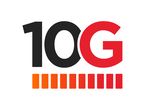 At last week's SCTE Expo in Denver, you couldn't look any direction on the trade show floor without seeing some cable operator flying a giant "10G" sign. 10G is the brand name that the cable industry is using for its new DOCSIS 4.0 platform, which promised to offer up to 10 Gpbs download speeds over existin coaxial cable. However, a national ad watchdog (the National Advertising Division) is recommending that Comcast, the nation's largest cable company, stop using 10G in its ads, Comcast's 10G claim, the organization explained, conveys a message that all consumers on the network can get speeds up to 10 Gbit/s. But such a claim is not substantiated, NAD argued, given that such speeds are currently available to residential customers only on Comcast's fiber-based Gigabit Pro service. The impact of the recommendation could reach farther than just Comcast, as several large cable operators such as Mediacom and Spectrum are touting 10G in their advertising as well. The complaint that led to the NAD's decision was filed by Verizon and T-Mobile, which is ironic because wireless carriers themselves have been accused of sowing the seeds of confusion among consumers with their own 5G branding.
Earlier this month, the state of Colorado released information about the response to their Advance Colorado Broadband grant program. And like in other states, demand for funding outstrips supply. Overall there were 112 applications received for a total request of $643 million. The amount sought by the 37 entities is almost four times more than the $162 million budgeted for the program. Almost all of the applications were for proposed fiber-to-the-home projects. In late September, the State of Iowa announced that it had received 91 applications for its Notice of Funding Availability (NOFA) #8. The total sought was nearly three times as much as the available funds of $149 Million.
 CBAN is excited to welcome our newest associate member, gaiia. gaiia is the simplest platform to run your ISP, offering an all-in-one solution for billing, operations, automation and everything in between. gaiia was created in 2021, out of necessity to better operate and manage the complex operations of oxio (the fastest growing ISP in Canada). Earlier in 2023, oxio was sold to a large telecom incumbent for $100m, and we have now shifted the business to focus entirely to bringing gaiia to other ISPs around the world. Please join us in welcoming gaiia to our CBAN family.
The team at CBAN was very busy during the week of October 2-7 as we celebrated Digital Inclusion Week and engaged in several events to mark the occasion. 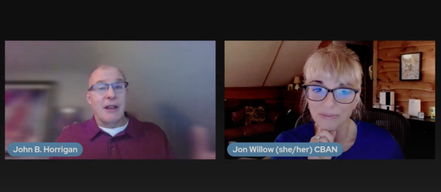 CBAN's Jon Willow interviews John Horrigan of the Benton Institute, the keynote speaker of the 2023 Fall Forum CBAN's Jon Willow interviews John Horrigan of the Benton Institute, the keynote speaker of the 2023 Fall Forum The first ever VIRTUAL CBAN Fall Forum was held October 3-5, with 90 minutes of content presented each day online. Over 120 people from across the country registered for this virtual event covering the A-B-C's of Digital Inclusion (Advocacy, Building our ecosystem, and Connectivity). Persons registered for the 2023 Fall Forum will have exclusive access to the recordings of each days sessions until October 16th when they will be available publicly on the CBAN YouTube channel. If you attended any portion of the CBAN Fall Forum, we would love to get your feedback! CLICK HERE to fill out a brief questionnaire.
CBAN is greatly appreciative of all the participants during Digital Inclusion Week. We've learned some valuable lessons on how to produce an effective virtual event and we look forward to applying those lessons to activities in the future!
There are many aspects of the Broadband Equity, Access, and Deployment Program (BEAD) - the $42.6 Billion federal investment in broadband adopted last year - that states need to address when creating their own plans to provide grants to entities to accomplish the goals of the program. Since the lion's share of BEAD will be for deployment (building networks), elements such as Buy American, Davis-Bacon wage requirements, and letters of credit have drawn much attention and pushback, especially from small providers who are concerned about the possible red tape involved in participating in BEAD.  Another element of the BEAD rules that has not received as much attention but that could have a huge impact on the viability of some potential projects is the middle-class affordability mandate. As part of their plans, states are required to include proposals for "a middle-class affordability plan to ensure that all consumers have access to affordable high-speed Internet." BEAD rules give states wide latitude on HOW to address middle-class affordability in their boundaries. But much uncertainty remains in the months before BEAD is finally expected to hit the streets with funding. This week, ACA Connects - the trade association that represents smaller, independent cable operators, outlined the concerns of their members in a letter to NTIA chief Alan Davidson. IN the letter ACA Connects CEO Grant Spellmeyer outlined some of the groups concerns, as well as suggestions on how to define both the terms "middle-class" and "affordable". One well-recognized source that States and Territories might use is the Pew Research Center (Pew) analysis of middle-class broadband affordability. Pew defines “middle class” by reference to the middle quintile of income – between 40th to 60th percentile ($45,300 – $76,200) – and “affordability” in terms of the Federal Communications Commission’s (FCC’s) assessment that broadband service is affordable if it consumes less than 2% of household income. Under this methodology, “median middle-class broadband affordability ranged regionally from $107.64 in the Northeast to $84.79 in the South.” It will be interesting to see how each state addresses this topic as their plans begin to roll out.
|
Broadband Bytes NewsPresented by the Community Broadband Action Network and curated by Curtis Dean. Archives
July 2024
Categories
All
|

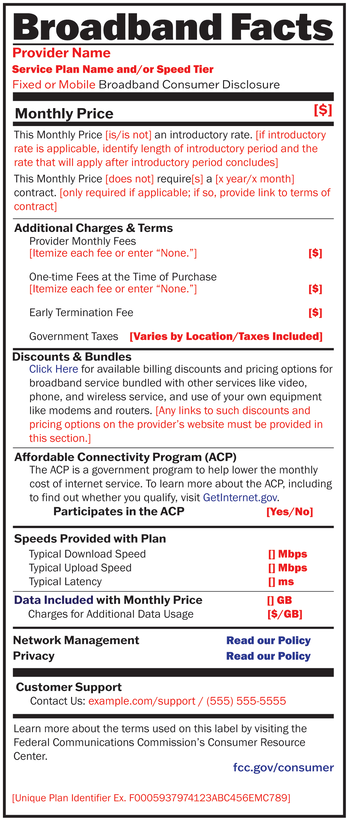
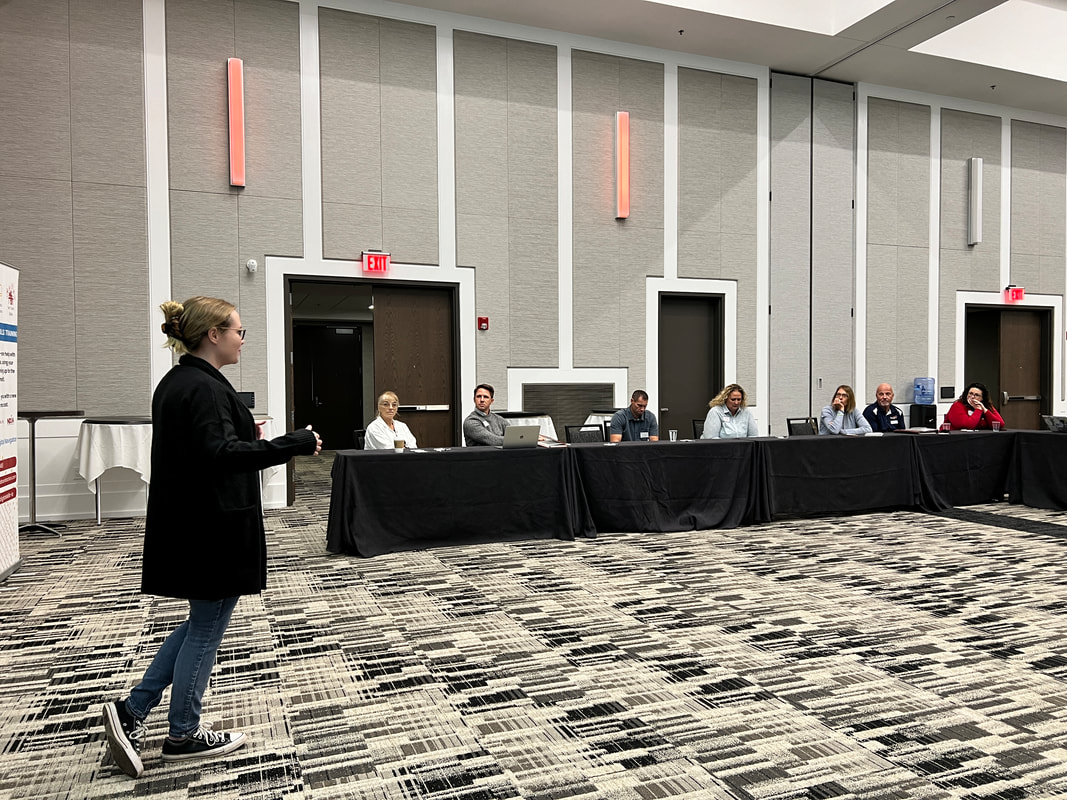
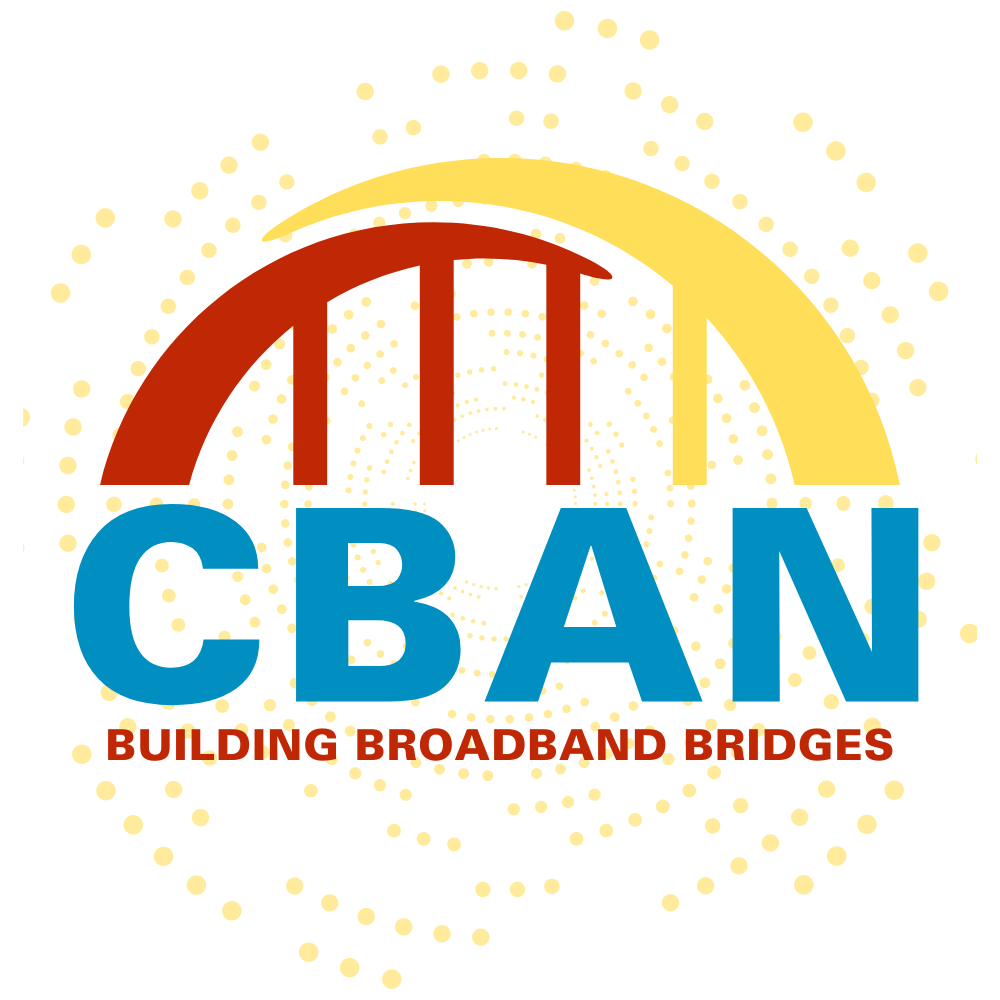
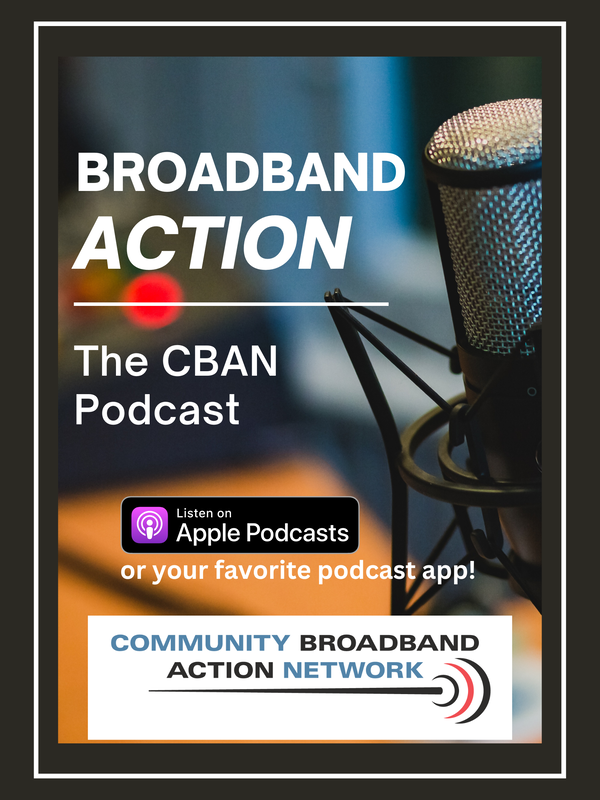
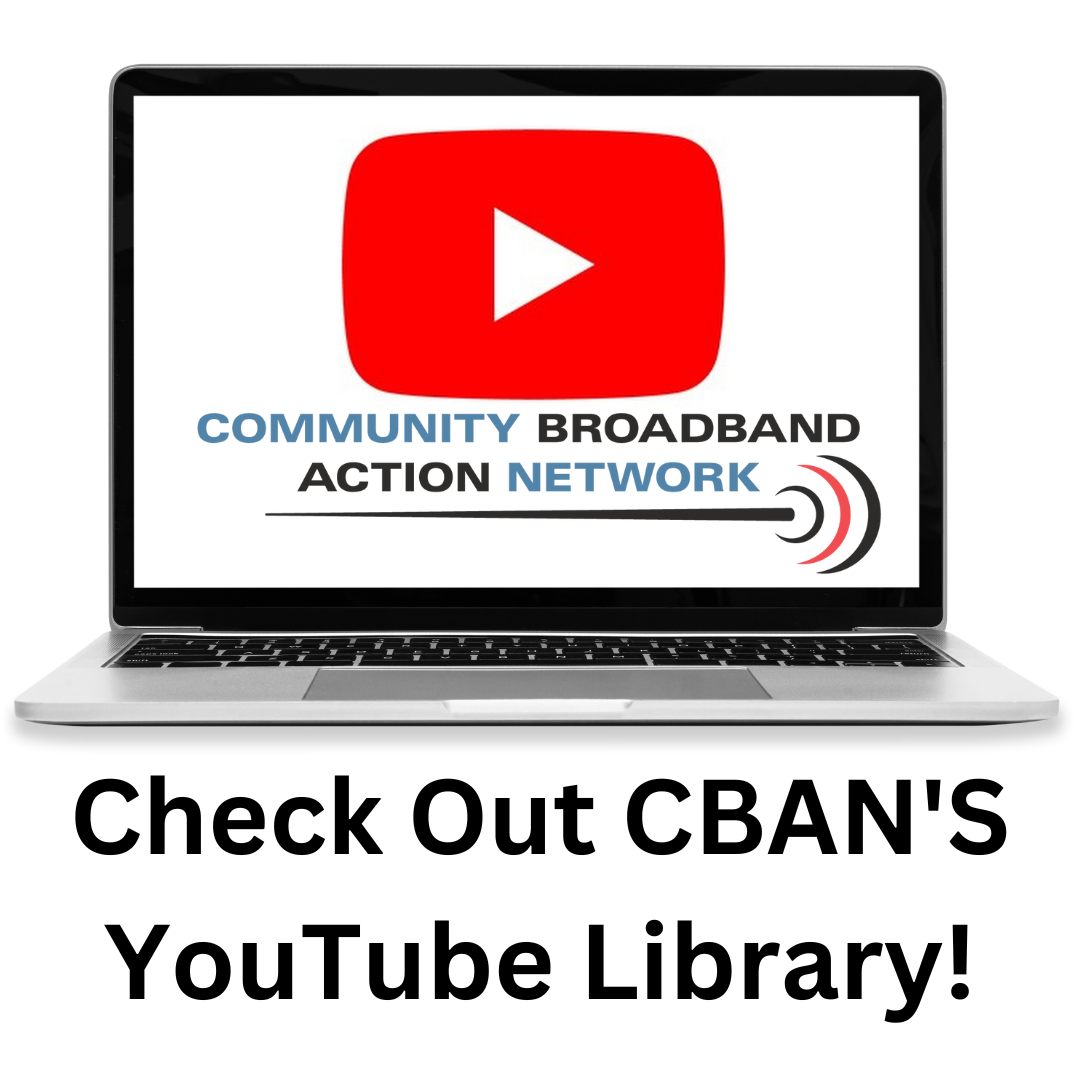
 RSS Feed
RSS Feed
